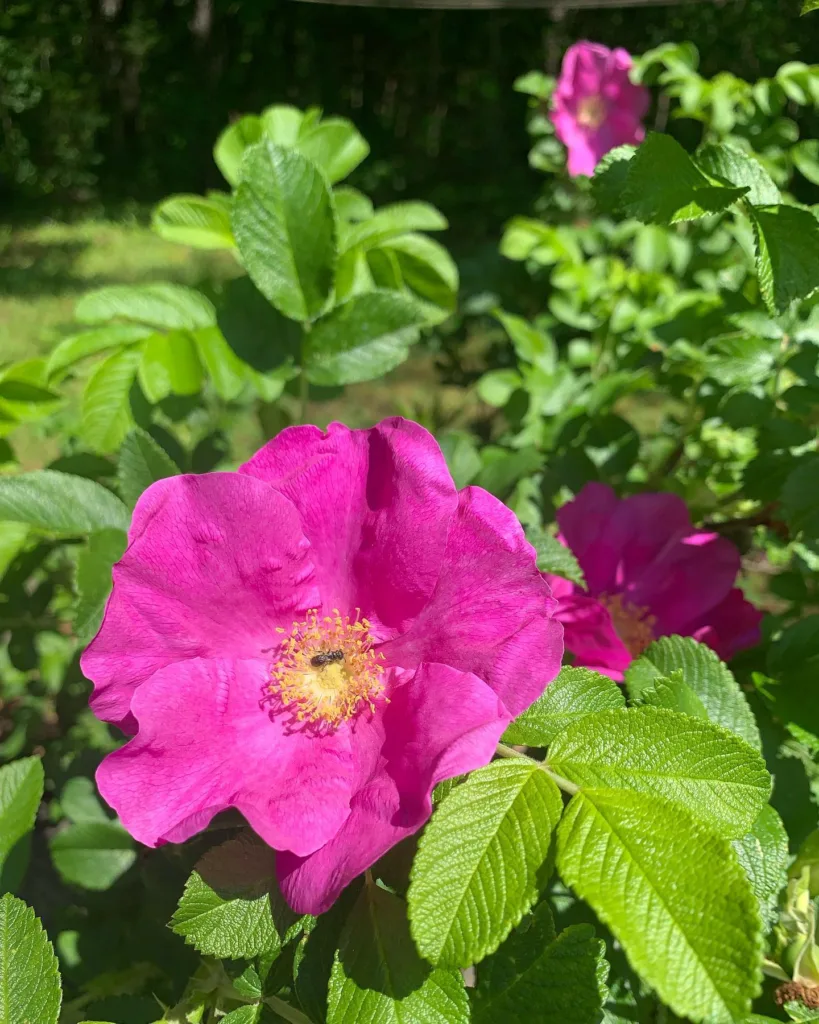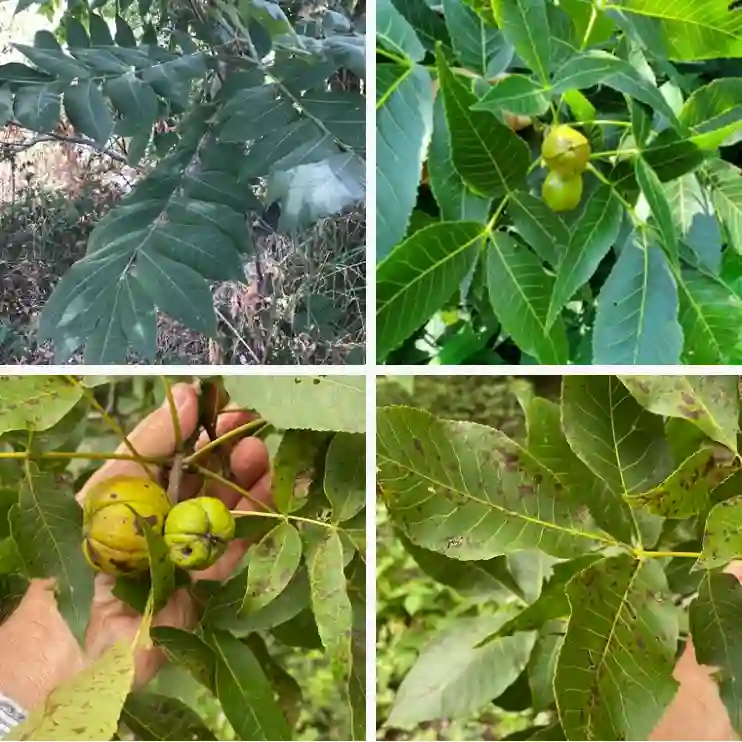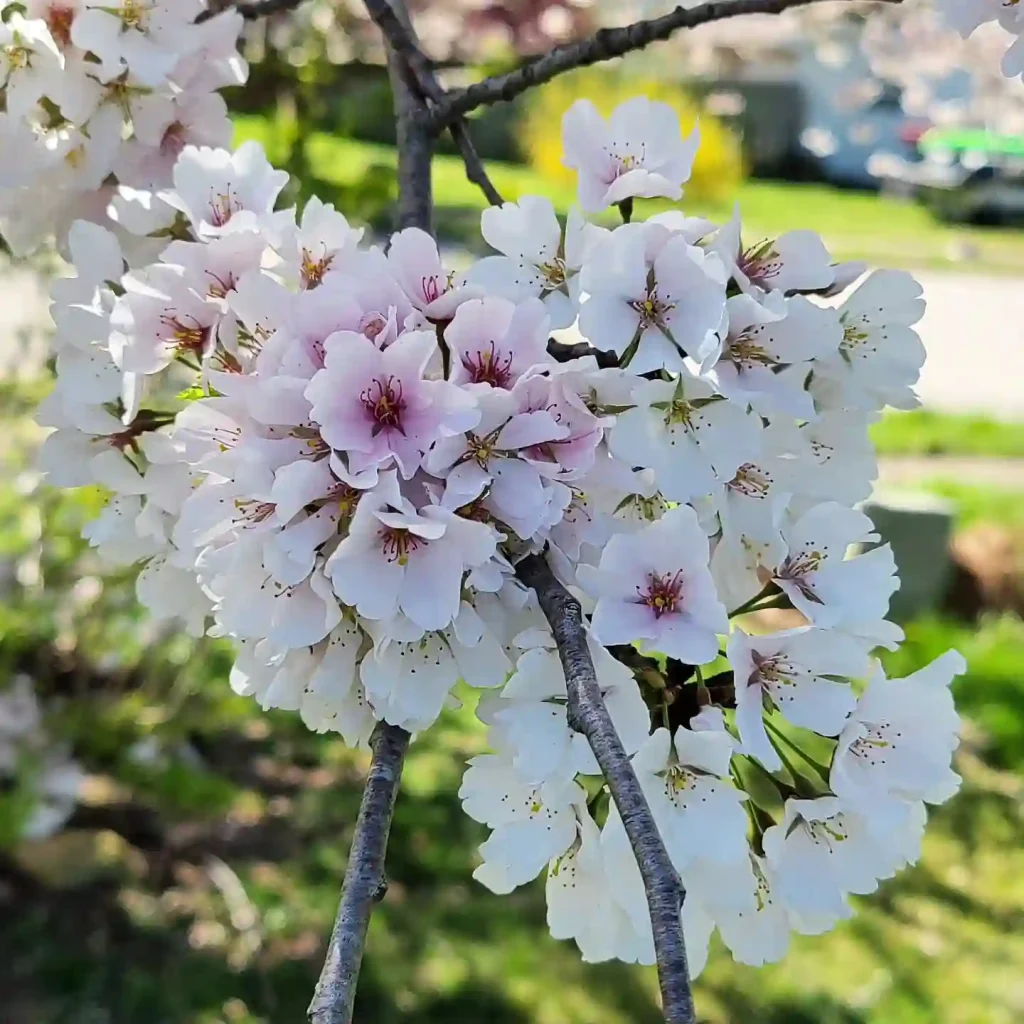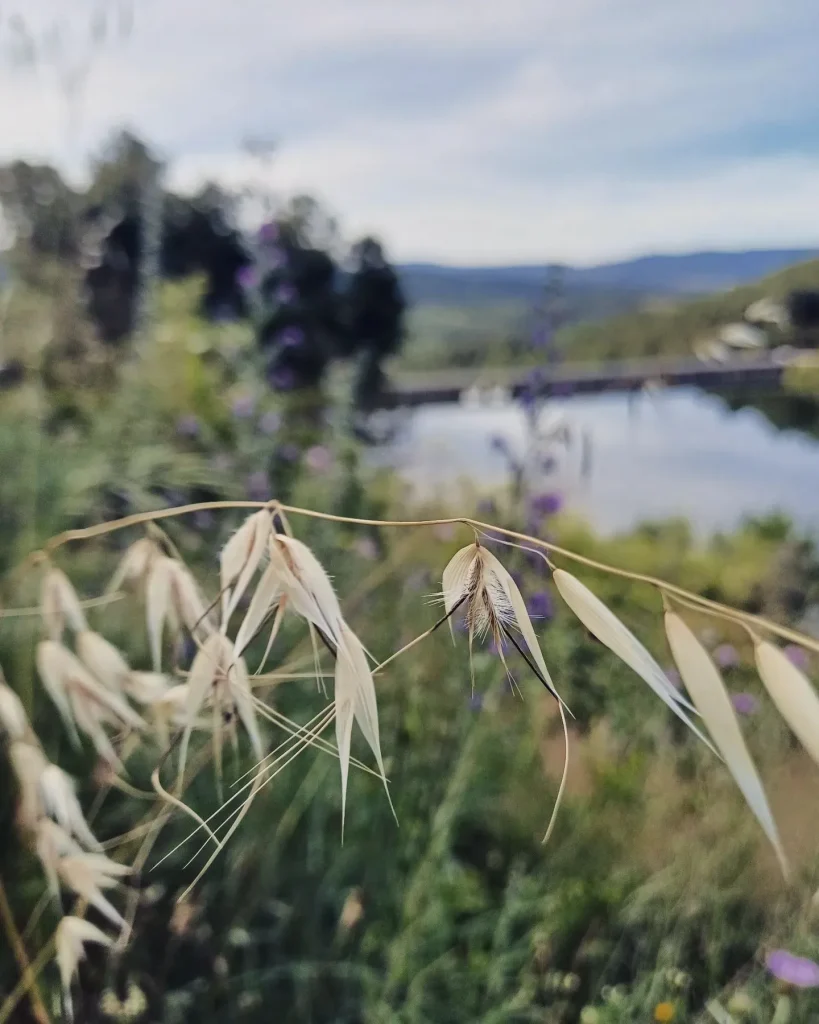FAQs About Crassula Streyi: A Personal Take
Crassula Streyi is a fascinating plant that has caught my attention recently. Its unique appearance and relatively low maintenance needs make it a great choice for many plant enthusiasts. If you’re considering adding this succulent to your collection, here are some frequently asked questions and my personal insights on the matter.
220 Species in Genus Crassula
What Is Crassula Streyi?
Crassula Streyi, often referred to as the “Streyi” or simply “Crassula,” is a succulent plant native to South Africa. It belongs to the Crassulaceae family, which is known for its wide range of succulent species. This plant is characterized by its compact rosette formation and fleshy, rounded leaves that typically have a greenish hue with reddish margins. The leaves are also known to display a subtle powdery coating, adding to its visual appeal.
How to Care for Crassula Streyi?
Caring for Crassula Streyi is quite straightforward, making it a good choice for both novice and experienced gardeners. Here’s what you need to know:
- Light: Crassula Streyi thrives in bright, indirect sunlight. It can tolerate some direct sun, but too much can lead to sunburn on its leaves. I’ve found that a spot with morning sunlight and afternoon shade works best.
- Watering: Like most succulents, Crassula Streyi prefers to be on the drier side. Water it thoroughly, but allow the soil to dry out completely between waterings. Overwatering can lead to root rot, which is something I’ve unfortunately experienced myself.
- Soil: A well-draining soil mix is crucial. I use a cactus or succulent mix, which ensures that excess water drains away quickly. Adding some perlite or pumice to the mix can enhance drainage.
- Temperature: This plant prefers temperatures between 60-80°F (15-27°C). It’s relatively frost-tolerant, but I wouldn’t risk exposing it to temperatures below 30°F (-1°C).
- Fertilizing: During the growing season (spring and summer), I fertilize Crassula Streyi once a month with a diluted cactus fertilizer. It’s best to avoid fertilizing in the winter when the plant is in its dormant phase.
How to Propagate Crassula Streyi?
Propagation of Crassula Streyi is a fun and rewarding process. Here’s how I do it:
- Leaf Cuttings: Gently twist off a healthy leaf from the plant. Allow the leaf to dry and callous over for a day or two before placing it on top of a well-draining soil mix. Keep the soil slightly moist until new roots and a rosette form.
- Offsets: This plant produces offsets or “pups” that can be separated from the main plant. I gently remove the offset and let it dry for a day before planting it in its own pot.
What to Plant With Crassula Streyi?
Crassula Streyi pairs beautifully with other succulents and cacti. Some of my favorites to plant with it include:
- Sedum: Sedums, with their varied leaf shapes and colors, complement the Crassula’s form nicely.
- Aloe: Aloe’s tall, spiky leaves create a nice contrast with the Crassula’s rosette shape.
- Echeveria: Echeverias, with their vibrant rosettes, enhance the overall aesthetic of a succulent garden.
Is Crassula Streyi Toxic?
Crassula Streyi is non-toxic to pets and humans. This is one of the reasons why I keep it around my house without worry. However, it’s always a good idea to ensure that your pets don’t chew on plants, as even non-toxic plants can cause mild digestive upset.
Benefits of Crassula Streyi
One of the biggest benefits of Crassula Streyi is its low maintenance nature. It’s perfect for people like me who might forget to water regularly. Additionally, its unique appearance adds a touch of charm to any space. The plant’s ability to tolerate varying light conditions makes it versatile for different indoor environments.
Common Problems with Crassula Streyi
Despite its ease of care, Crassula Streyi can face a few issues:
- Root Rot: This is the most common problem, usually caused by overwatering. I’ve found that adjusting watering habits can prevent this issue.
- Pest Infestations: Occasionally, Crassula Streyi can attract mealybugs or spider mites. Regular inspection and prompt treatment with insecticidal soap can keep these pests at bay.
Compare with Other Similar Plants
Crassula Streyi can sometimes be confused with Crassula Perfoliata and Crassula ‘Fang.’ Here’s a brief comparison:
- Crassula Perfoliata: This plant has a more upright growth habit and thicker leaves compared to Crassula Streyi’s compact rosettes.
- Crassula ‘Fang’: Known for its spiky leaves, Crassula ‘Fang’ is more aggressive in appearance compared to the smoother, rounded leaves of Crassula Streyi.
In conclusion, Crassula Streyi is a delightful and easy-to-care-for succulent that can brighten up any space with its unique charm. Whether you’re a seasoned plant enthusiast or just starting out, it’s definitely worth considering for your collection.
If i die, water my plants!



